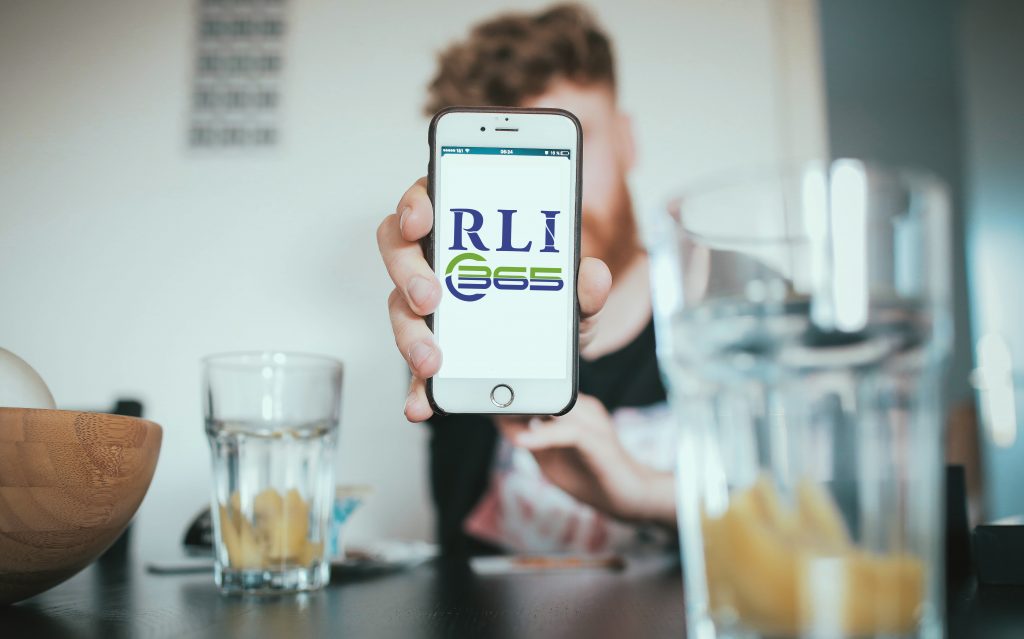As we head well into 2020, many of us will be thinking about getting stuck into some of our New Year’s resolutions. But whether you’ve got your heart set on going from couch to 5k, saving up for a special trip or kicking an unhealthy habit, succeeding with a New Year’s resolution takes some serious strategising and planning.
According to The Telegraph, one of the most common New Year’s resolutions out there is learning a new skill, such as a new language.
But if we seem to be committing ourselves to this particular resolution every year, it perhaps goes to show how terrible we are seeing our language-learning resolution through! But why is this the case?

The science of language learning
One of the key reasons for failing at learning a new language is not having a grasp of the science of language learning.
Many of us think that looking over grammar rules and vocab lists a couple of times a week will cut it. But did you know that you could actually be sabotaging your language learning efforts?
In fact, by repeatedly studying a language in an ineffective way, you’re likely to feel demotivated when you see little or no progress and, in turn, are likely to give up quicker.
So, what exactly is the fastest, most effective way to learn a new language?
Enter: The immersive learning method.
What does immersive learning have to do with language learning?
Learning a language through immersion means completely surrounding yourself with the language you are learning. For school-age children, this could mean learning maths, science and other subjects through the medium of that language. For those of us not at school, it means living the language in our everyday lives.
In a 2012 study looking at language acquisition, subjects were split into two groups. One group studied a language in a formal classroom setting, while the other was trained through immersive learning.
After five months, both groups retained the language even though they had not used it at all, and both displayed brain processing similar to that of a native speaker. However, it was discovered that the immersion group displayed the full brain patterns of a native speaker, meaning they showed “native-like neural processing of syntax.”
The reason why immersion learning really works is that it puts your language learning in context. That’s why people who move to a new country appear to pick up a language at breakneck speed – they have to live, interact and carry out day-to-day tasks as normal… Except they are doing it in their new language.
How you can make the most of the immersion method
The problem is that the majority of us can’t simply drop everything, move halfway across the world and dedicate all our time to language learning. It’s simply not practical.
But don’t despair. There are plenty of ways that you can integrate the immersion method into your day-to-day life, no matter where in the world you’re living.
Indeed, immersive learning can mean anything, from engaging with more language learning technology like apps to using more language learning resources, like watching films and TV or listening to radio in that language.
What’s more, getting out and meeting speakers of the language you’re learning is also an invaluable way of practising. This creates your own immersive learning environment, which will in turn supercharge your grammar and vocabulary acquisition.

Immersion and blended learning
Blended learning is another way of enhancing your immersive learning experience and, according to language and pedagogy research from Cambridge Papers in ELT, blended learning boasts numerous benefits: In blended learning, the online environment “empowers learners, provides them with rich interactive input, gives them just-in-time support, helps them become independent learners and encourages learner discovery,” whilst the classroom environment “is an effective way for teachers to fulfil their multidimensional role”
“It gives teachers the possibility of giving more individual attention to learners, it maximises social interaction in the classroom, and it facilitates teacher–learner communication outside the classroom.”
Ultimately, the research concludes:
“Blended learning is an approach which takes into account different learning styles and combines different learning environments in a flexible, integrated and complementary way in order to help, support and enhance learners’ diverse needs and provide a successful, efficient and enjoyable learning experience.”
So, do you want to take your language learning into your own hands?
Are you regularly travelling abroad for business or relocating employees overseas? Do you work as part of an international team?
If you want to brush up on your foreign language skills, RLI offers bespoke language training courses that combines an immersive language learning experience and the science of blended learning to deliver real results.
Get in touch today to see how we can help.

